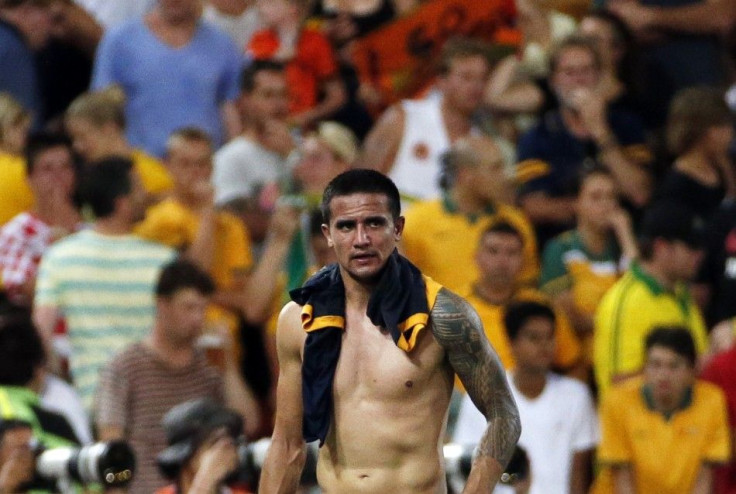Australia Must Get Their Starting Line Up As Well As Tactics Right To Overcome China

The 2015 Asian Cup is nearing its business end with the knockout part starting on Jan. 22. On that day host Australia will take on People's Republic of China to book a place in the semifinals. The other quarter final on that day will see South Korea take on Uzbekistan.
Australia ended the group A with their first defeat in this tournament against a clinical South Korea, one of the favourites in the competition. Australia ended the group with two thumping wins against Kuwait and Oman with four-one and four-nil score lines respectively. In their third match they lost against South Korea by a single goal. South Korea have also defeated Kuwait and Oman with an identical score line. Australia have eight different scorers who have scored the eight goals scored by them in the tournament.
In group B China emerged victorious by winning all three matches scoring five goals and conceded two in return. Uzbekistan finished second with two wins out of three. Saudi Arabia and North Korea were eliminated. China's Sun Ke is the tournament's second top scorer with three goals. Wu Xi and Yu Hai are the other two goal scorers for China.
Australia will again to into the quarter final match with their tired and tested 4-3-3 formation. Tim Cahill will most definitely return as he was rested for the final match. Massimo Luongo's performance at the right side of midfield will be critical as he will be tasked to find gaps in the well-organised Chinese defense. Australia will also have to sort out their left back position. Manager Ange Postecoglou has changed it in all three matches and will have to take a call between Aziz Behich and Jason Davidson for the match against China.
China has so far employed two different systems in their three matches played so far. In their first match against Saudi Arabia they played a 4-2-3-1 with Yu Hai leading the attack. In the second match against Uzbekistan they played a 5-4-1 with Gao Lin as the centre-forward. In their final match against North Korea they went back to a 4-2-3-1, this time they had Gao Lin as their focal point. Sun Ke having already scored three goals is the main threat for Australia from the right wing.
To contact the author of this article email a.biswas@IBTimes.com.au






